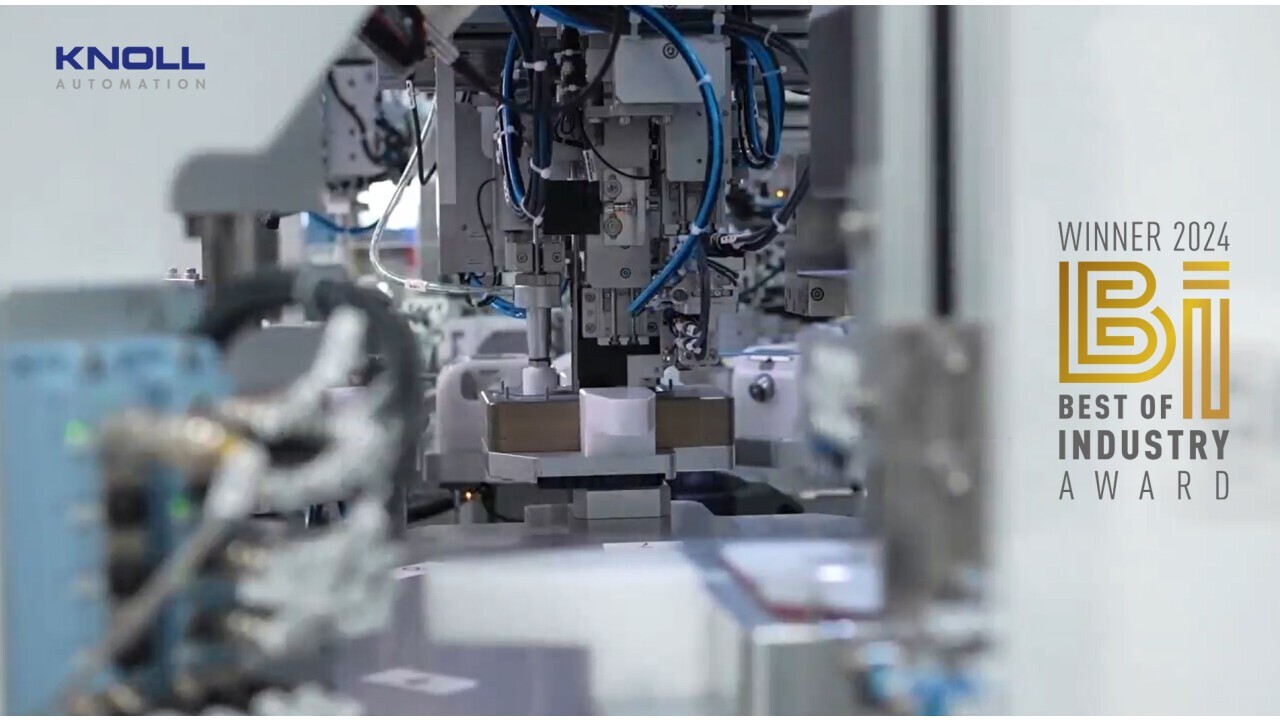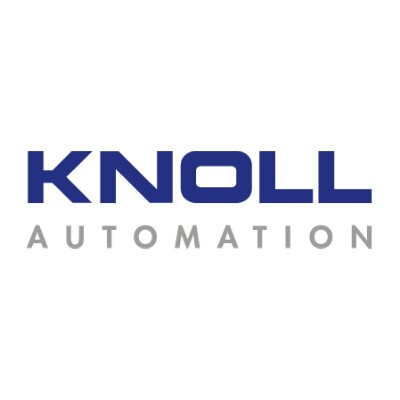KNOLL AUTOMATION: Coiling medical tubes directly into blister
Best of Industry Award 2024 – Award-winning technology from E. Knoll Feinmechanik GmbH automates a process that has largely been performed manually until now.
Automation solution for the precise handling packaging process of medical tubing sets
The handling and packaging of tubes, as well as other flexible parts, are still often done manually in many industrial sectors. This approach, although proven, is time-consuming and often prone to errors. The automation solution from Knoll Feinmechanik, awarded the Best of Industry Award in the medical technology category, includes several process steps and represents, among other things, the precise and reproducible unwinding of a tube. This process alone takes less than a second when automated, illustrating the efficiency gains compared to manual methods. After gentle processing, the tube is then wound directly into a blister in the next step.
Challenges in handling
The process begins with securing one end of the tube in a tapered, form-fitting location. The blister, shaped like a nest, rotates while a punch moves axially towards it, ensuring that the hose winds into the nest. The challenge in this process is to sufficiently untwist the tube. "In the example solution presented here, we had a stiff, difficult-to-handle tube with a relatively thick wall thickness in relation to its diameter," says Matthias Ruh, Head of the Business Unit Automation at Knoll Feinmechanik. "We untwisted this unwilling candidate using a lasso-like movement that the hose performs while winding." This untwisting movement takes only fractions of a second and is only visible in slow motion. Once the wound tube is peacefully resting in the blister, the second end of the tube is also secured inside, ensuring that nothing comes loose until the UDI-compliant sealing lid is welded.
Automation solutions standardized
With the automation solution described here, Knoll Feinmechanik has completely standardized the handling and packaging process of a medical tube set. All degrees of freedom and parameters for similar applications can be adjusted. For example, the type, material, and dimensions of the tube, the required joining processes — such as whether tube ends need to be equipped with connectors, filters, or similar components — and much more can be considered. Each system is precisely configured to the specific challenges and characteristics. With such tailored automation, handling and packaging run precisely and consistently, reducing the risk of product defects and increasing overall productivity. "According to this standard, we develop and produce individually tailored turn-key automation solutions for our globally operating partners," says Ruh. "We guarantee precision down to the detail, as all important and know-how relevant system elements are traditionally manufactured in-house, and our development teams from design, software development, manufacturing, assembly, and service involve our customers in every project phase."


